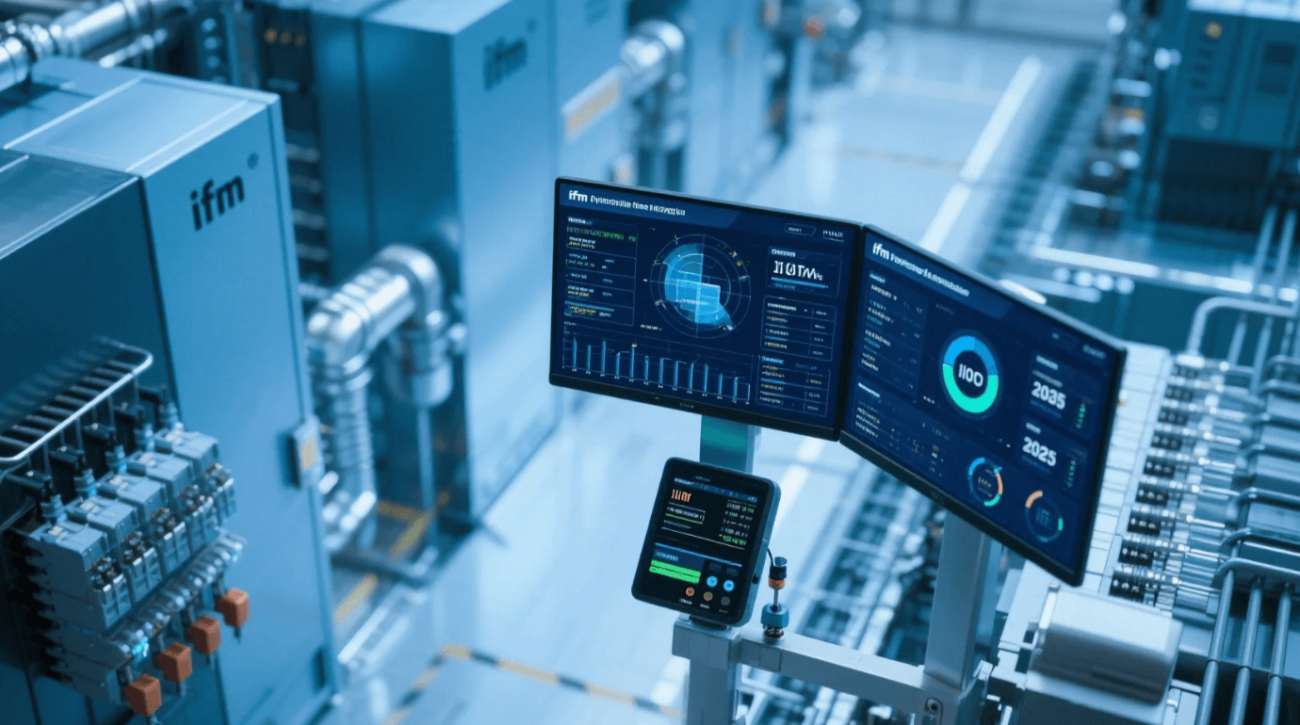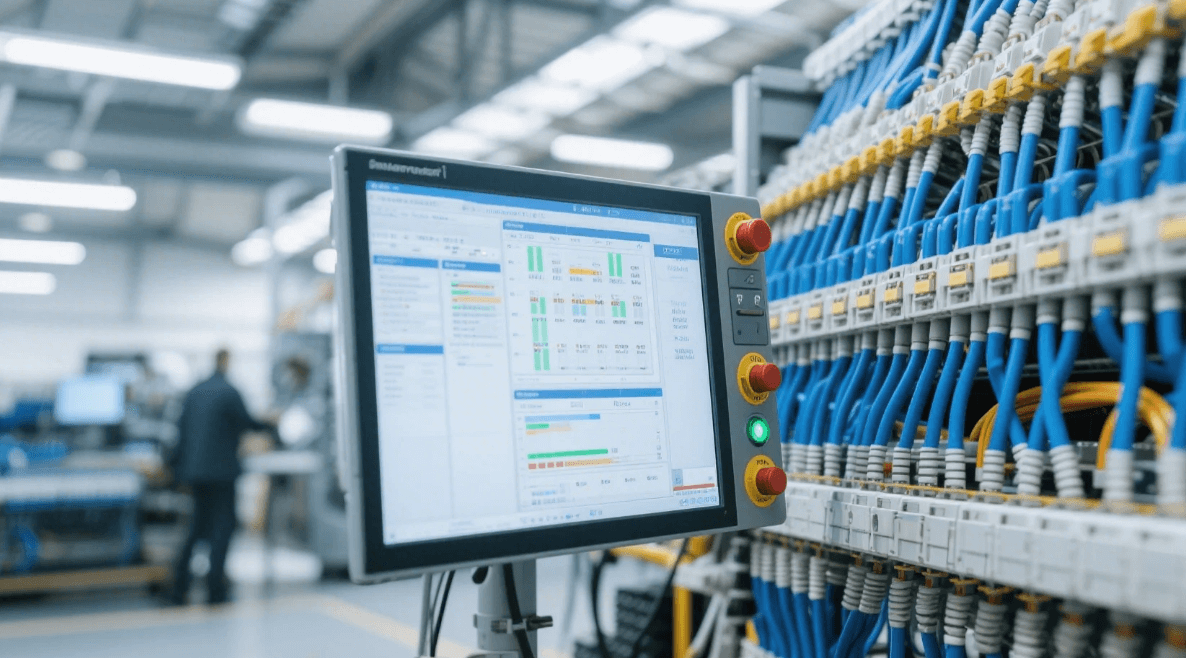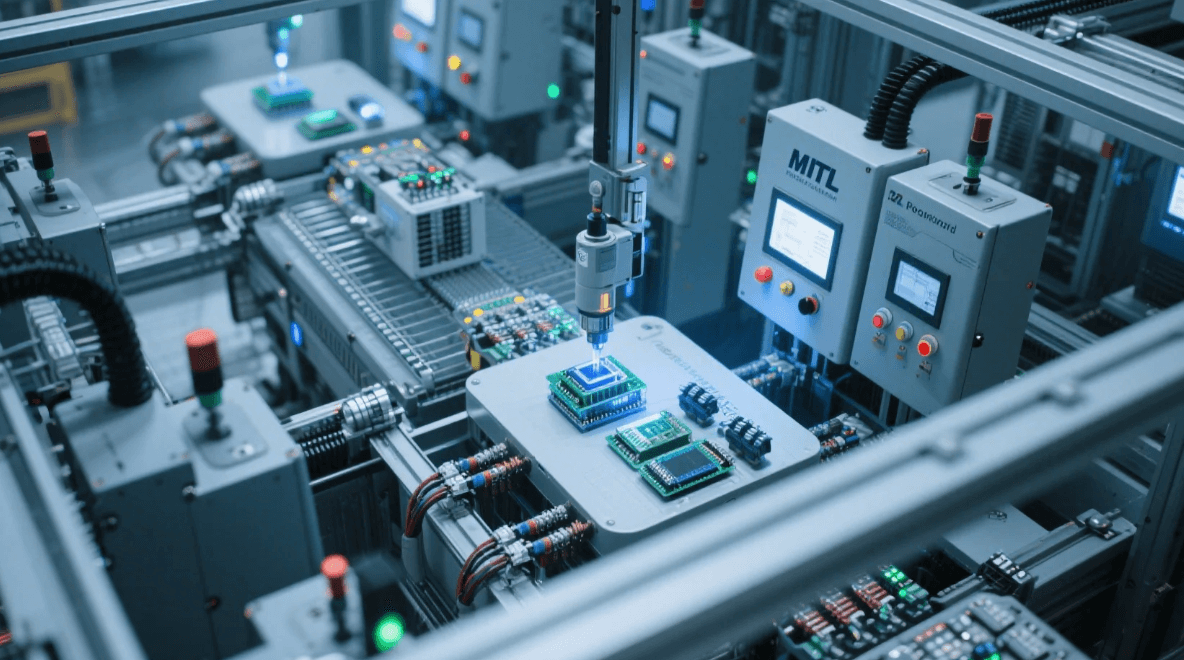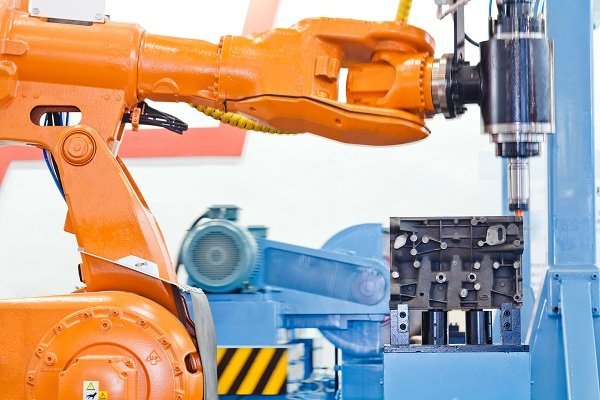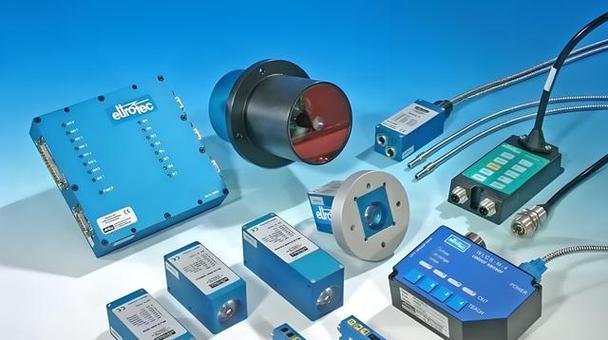Intrinsic Safety: Safety measures for electrical equipment in explosive atmospheres
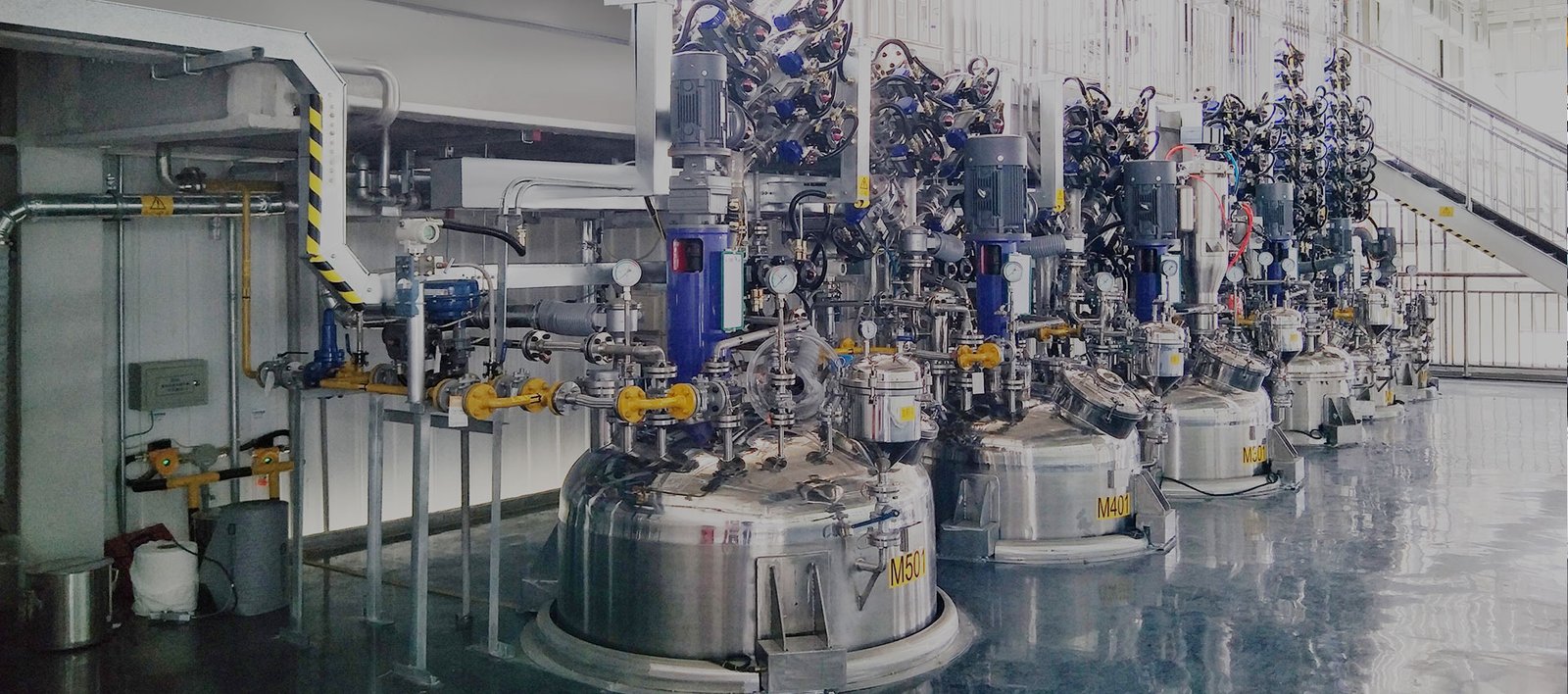
In environments where explosive gases, vapors, or dusts are present, electrical equipment must meet the highest safety standards to prevent accidents. The growing importance of Intrinsic Safety in hazardous locations cannot be overstated. With increasing industrial operations in volatile environments, it is crucial for manufacturers, engineers, and safety officers to adopt and implement safety measures that reduce the risk of explosions. Intrinsic Safety stands as one of the most effective methods to ensure electrical equipment operates safely and efficiently in explosive atmospheres.
What is Intrinsic Safety?
Intrinsic Safety (IS) is a protection technique used to ensure that electrical devices in hazardous environments do not cause sparks or high temperatures that could ignite explosive gases or dust. It involves designing electrical equipment so that, even in the event of a fault, the energy levels produced within the equipment cannot ignite the surrounding hazardous substances. This is achieved by limiting the electrical and thermal energy in the system, making it a primary choice in industries dealing with explosive atmospheres.
The Growing Need for Intrinsic Safety in Explosive Atmospheres
Explosive atmospheres are common in industries like oil and gas, chemicals, mining, pharmaceuticals, and more. These industries use equipment in environments where flammable gases, vapors, or dust are prevalent. Traditional safety measures, while effective, often come with limitations such as high costs and complexity. However, Intrinsic Safety provides a modern, robust, and cost-effective solution to protect personnel, equipment, and assets in these dangerous environments.
The significance of Intrinsic Safety becomes particularly clear when we look at the catastrophic consequences of explosions in industrial settings. Thousands of accidents occur annually due to equipment failure in hazardous locations. According to the International Labour Organization (ILO), explosions due to electrical equipment failure are responsible for a significant number of workplace injuries and fatalities each year. Therefore, adopting Intrinsic Safety standards and systems is not only an operational necessity but also a moral imperative to protect the lives of workers and the environment.
Why Choose Intrinsic Safety?
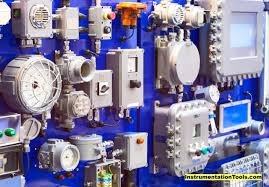
Unmatched Safety and Reliability
The primary advantage of Intrinsic Safety is that it minimizes the risk of ignition, ensuring that electrical equipment can function without causing accidents. In environments with volatile gases and vapors, a single spark could lead to disastrous explosions. Intrinsic Safety designs limit the amount of electrical and thermal energy, ensuring that even if there is a fault or a malfunction, the equipment will not cause a spark strong enough to ignite the surrounding atmosphere.
Moreover, Intrinsic Safety ensures that electrical components will not exceed safe energy levels during normal operation or under fault conditions. This level of safety is unmatched compared to other explosion protection techniques, which may require additional enclosures or complex systems.
Cost-Effectiveness and Operational Efficiency
Implementing Intrinsic Safety reduces the need for bulky, expensive enclosures typically required by other safety systems such as explosion-proof or flameproof equipment. These types of protection systems often require heavy-duty housings and extensive maintenance procedures, driving up operational costs. On the other hand, Intrinsic Safety allows for smaller, lighter equipment designs, reducing both installation and maintenance costs.
Additionally, Intrinsic Safety simplifies the certification and compliance process. With Intrinsic Safety standards, devices can often be used across various hazardous locations with less variation in design and engineering, further contributing to cost savings for manufacturers and operators.
Enhances Worker Productivity and Safety
In hazardous industries, where workers are exposed to potentially life-threatening conditions, reducing downtime and ensuring the safety of electrical systems is essential. Intrinsic Safety minimizes the risk of equipment-related incidents, which not only enhances the overall safety of the environment but also helps improve productivity.
Workers can be confident that the equipment they are operating will not cause explosions or fires, resulting in higher morale and greater operational efficiency. Additionally, because Intrinsic Safety designs involve fewer moving parts and require less maintenance than other systems, workers are less likely to experience delays related to system malfunctions, leading to increased productivity.
Compliance with Safety Standards
In many industries, adhering to national and international safety standards is a legal requirement. Equipment used in explosive atmospheres must meet specific safety regulations, such as those outlined by the IECEx, ATEX, and NEC standards. Intrinsic Safety is recognized as one of the most reliable and effective ways to comply with these regulations.
By implementing Intrinsic Safety in their operations, companies can demonstrate their commitment to maintaining the highest safety standards. This not only reduces the risk of legal liabilities but also ensures that workers and contractors are protected. Furthermore, demonstrating compliance with safety standards can improve the reputation of a company, particularly in sectors where safety is a major concern.
Key Advantages of Intrinsic Safety
Intrinsic Safety Guarantees Minimal Risk of Ignition
By limiting the energy in the electrical components to levels that are not capable of igniting explosive gases or dust, Intrinsic Safety guarantees a safer work environment. This minimizes the risk of catastrophic incidents that could result in loss of life or damage to property.
Simplified Maintenance and Repairs
Unlike explosion-proof equipment that requires rigorous inspection and maintenance procedures, equipment designed with Intrinsic Safety is generally easier to maintain. These systems are designed for easy access to components, which reduces the downtime associated with repairs and maintenance.
Versatility Across Hazardous Locations
Intrinsic Safety is highly versatile and can be applied in many different types of hazardous locations, including Zones 0, 1, and 2 (gas) and Zones 20, 21, and 22 (dust). The ability to use the same equipment across multiple types of environments provides substantial flexibility and simplifies planning.
Long-Term Reliability and Durability
Intrinsic Safety systems are known for their reliability. Because they operate within low energy limits, the chance of component wear and tear is reduced, meaning these systems have a longer lifespan compared to traditional explosion-proof systems.
Enhanced Environmental Sustainability
Since Intrinsic Safety typically involves more efficient energy usage, it can contribute to reducing the overall carbon footprint of operations. The ability to use lighter, more compact equipment also helps lower transportation costs and energy consumption during installation and operation.
Conclusion: The Future of Explosive Atmosphere Safety Lies in Intrinsic Safety
The increasing complexity of industrial operations in hazardous environments demands the use of the most reliable and efficient safety systems available. Intrinsic Safety offers numerous advantages over traditional safety measures, including unmatched protection from explosions, reduced operational costs, and improved productivity.
As industries continue to evolve, the adoption of Intrinsic Safety will become more widespread, helping to ensure that workers and businesses remain safe in increasingly volatile environments. It is clear that Intrinsic Safety is not just a technical requirement but a critical investment in both the safety and success of any operation that works with explosive atmospheres.
To ensure the safety of your personnel, equipment, and operations, adopting Intrinsic Safety is a step toward creating a safer, more efficient, and more sustainable work environment.
Model:532195 MS6-WP




